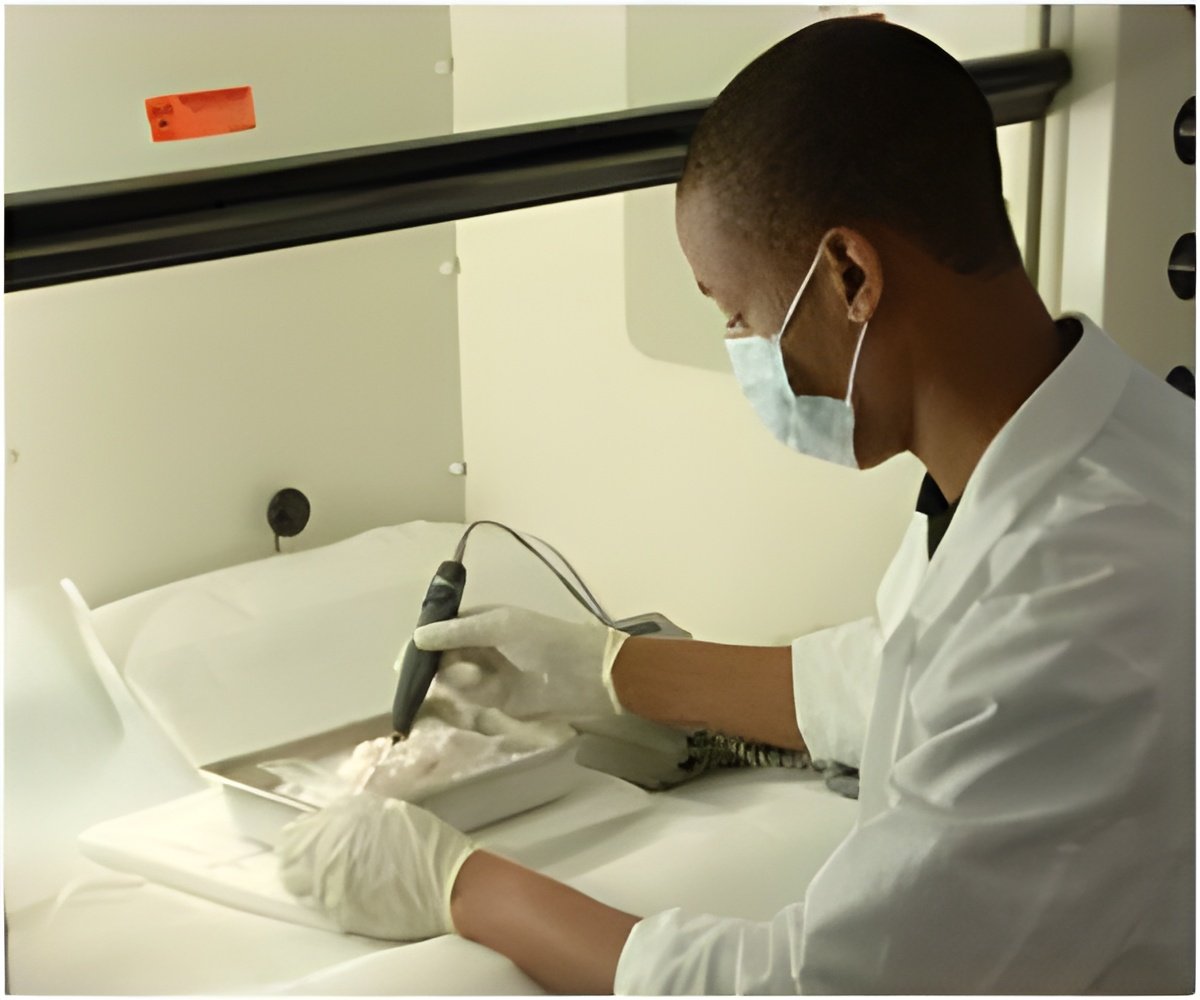Novel study conducted by scientists has given new insights into the Mucorales fungi, which can cause fatal infections.

‘New study has discovered important aspects of the Mucorales fungi that might help researchers develop treatments.’





The study was published in journal Nature Communication. For example, all of the mucormycosis-causing fungi tested contained several copies of a gene known to be involved in host invasion. "I think this work is going to provide a significant resource for future fungal research," said lead co-author Vincent Bruno, PhD, assistant professor of microbiology and immunology at the University of Maryland School of Medicine, as well as a research scientist at the Institute for Genome Sciences (IGS). "Now we can dig into the data to find new targets for treatment."
The other lead author is Ashraf S. Ibrahim, PhD, a scientist at LA BioMed, a nonprofit independent biomedical research institute in Los Angeles. Marcus Chibucos, PhD, a research associate at the IGS, also contributed significantly to the study.
There are between 50 and 100 species of the Mucorales fungus. Dr. Bruno and his colleagues compared the genes of 25 of these. The study identified several pathways that are required for mucormycosis to develop in a patient.
Generally the fungus invades the cells of people with weakened immune systems and causes a sometimes-deadly infection known as mucormycosis. This infection can occur
Advertisement
These infections are considered to be rare, but Dr. Bruno notes that they are probably often overlooked and underreported, and so may be much more common than previously realized.
Advertisement
The researchers say they have identified a pathway that has the potential to be targeted to treat these infections. It appears that these fungi are less able to invade human cells after the inhibition of a protein called platelet-derived growth factor receptor (PGDFR), which plays a key role in cell growth. Dr. Bruno and Dr. Ibrahim are now beginning research to find out whether this protein can be targeted to treat these fungal infections. They suspect that there may be existing drugs, already approved by the FDA that can effectively inhibit PGDFR; this would make the path to finding treatment for these fungal infections much simpler.
"This work is both innovative and exciting," said UM SOM Dean E. Albert Reece, MD, PhD, MBA, who is also vice president for medical affairs at the University of Maryland and the John Z. and Akiko K. Bowers Distinguished Professor. "It combines "big data" with basic science, and points the way toward what may be critically important clinical solutions."
Source-Newswise











